From its dominant position looking down over the River Ness, Inverness Castle is the most prominent landmark in the city.
The current building is just the latest incarnation of a succession of castles that have stood on the site and with a variety of purposes.
The current 19th century structure is being given a 21st century make-over as a major tourist attraction that will reflect its role in the city’s history.
Here’s what you need to know about the castle’s past.
When was the first Inverness Castle built?
The first castle on the existing site was built in the 11th century by David I, son of Malcolm III.
Malcolm had earlier destroyed the castle of his rival, Macbeth, at nearby Crown Hill.
In 1308 the castle was taken by Robert I (Robert the Bruce) and destroyed to prevent further military use against his authority in the North.
During a visit to Inverness in 1428, King James I summoned 50 clan chiefs who had defied him to a parliament.
He then had them arrested and imprisoned, with some executed.
Among those held was Alexander, the Lord of the Isles, and his mother.
After a year in prison, Alexander returned with 10,000 men.
He set fire to Inverness, although he failed in a bid to take the castle.
Mary Queen of Scots
A later castle was completed in the mid-16th century.
When Mary Queen of Scots came to Inverness in September 1562, the castle gates were shut against her on the orders of George Gordon, Earl of Huntly.
Her supporters captured the building in the three-day Siege of Inverness.
For good measure the Queen had the keeper of the castle, Alexander Gordon, hanged.
In the 1700s, Inverness Castle was occupied by Covenanting troops during the civil wars before being taken by Royalists in 1649.
History of the Jacobites and Inverness Castle
During the 1715 Jacobite Rising, the castle was occupied by a Jacobite garrison.
It then fled after Hanoverian supporters threatened to raze it to the ground.
Following the Rising, around 1730, the castle was fortified as an anti-Jacobite military base and barracks.
It was renamed Fort George, after King George I.
The garrison fort was reinforced once more in 1725.
But it was captured by Prince Charles Edward Stuart – Bonnie Prince Charlie – and his Jacobite army 20 years later.
Following defeat at the Battle of Culloden in 1746, the prince ordered the castle be blown up to prevent it falling into the government’s hands.
Courthouse and prison
The castle lay derelict until the early 19th century when it was decided Inverness needed a new courthouse and jail.
It was constructed in two phases, the courthouse in the 1830s , on what is now the south tower.
It was followed by a north tower in the 1840s, used initially as a jail.
A new High Church, academy and town steeple were also completed in the late 18th century as Inverness rebuilt following the 1745-46 war.
Around the same time the Northern Institute was built, a forerunner to Inverness College and University of the Highlands and Islands.
In 1899, another castle feature was added, although not to the actual building.
A statue to Flora MacDonald, the woman who helped Bonnie Prince Charlie escape from Scotland after Culloden, was erected.
She is positioned looking down the Great Glen awaiting the return of the prince.
Modern and future uses
The current red sandstone structure was built on the site of the original castle by a number of 19th-century architects.
The southern part was completed in 1836. The north block, previously a prison and then an additional courthouse, followed in 1848.
Inverness-shire County Council held its meetings in the courthouse until 1963 before moving to a new HQ in Glenurquhart Road.
Castle Hill was the home of the Inverness-shire Constabulary until 1975 when it relocated to Old Perth Road.
The castle continued to serve a judicial function, holding district, sheriff and High Court hearings.
In 2020 the Scottish Courts and Tribunals Service moved out on completion of a multi-million pound justice centre in Inverness.
It allowed work to start on the world class visitor attraction, the Inverness Castle Experience.
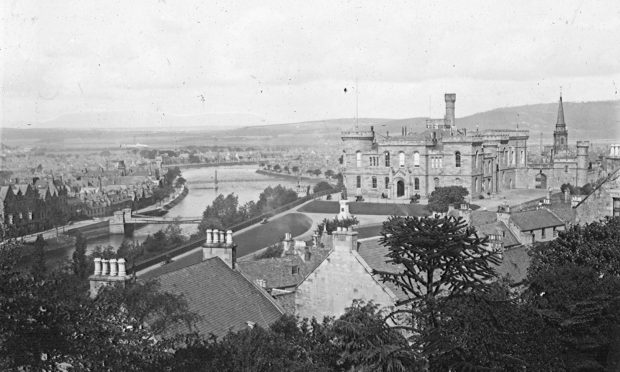
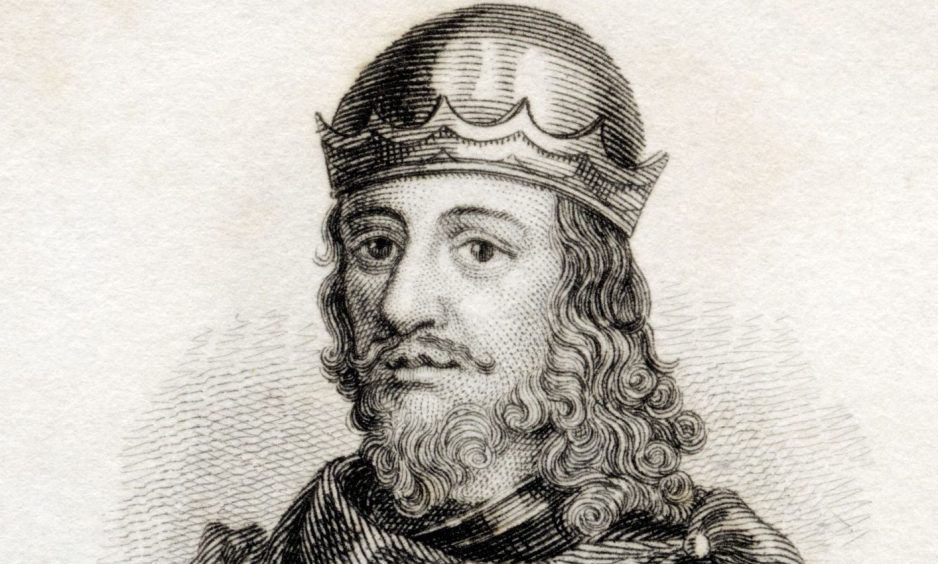
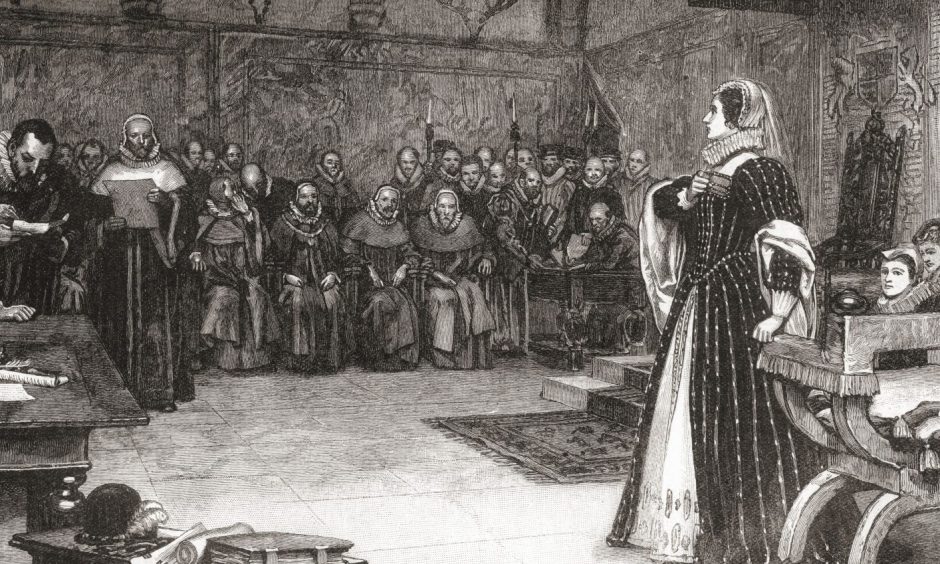
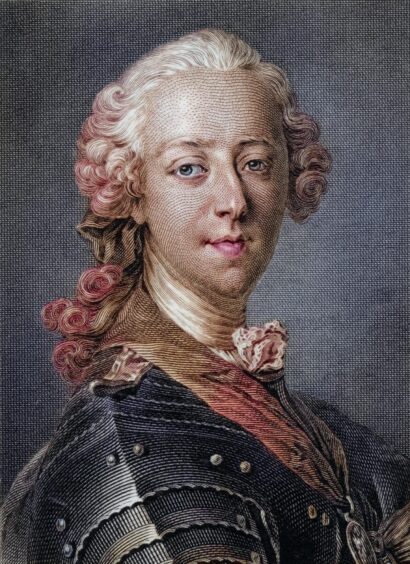
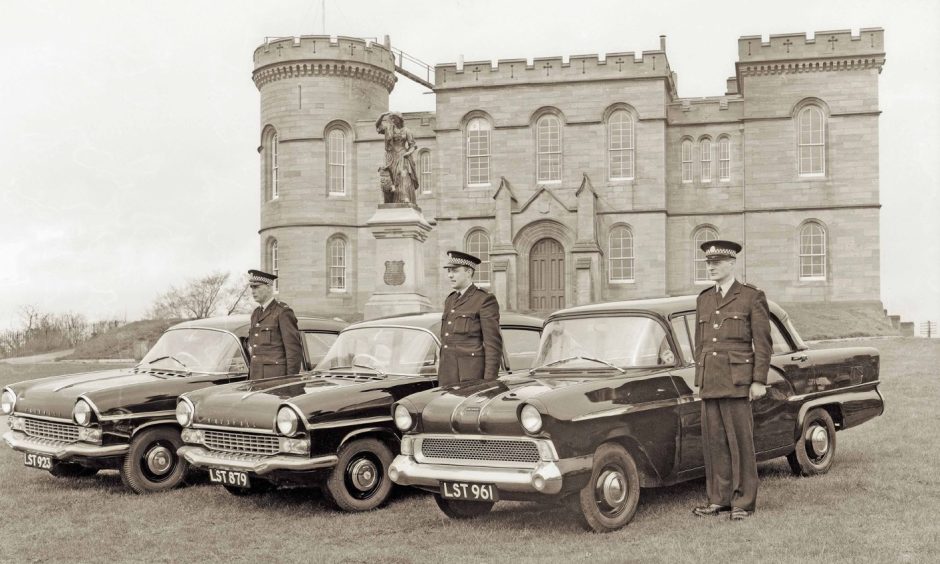
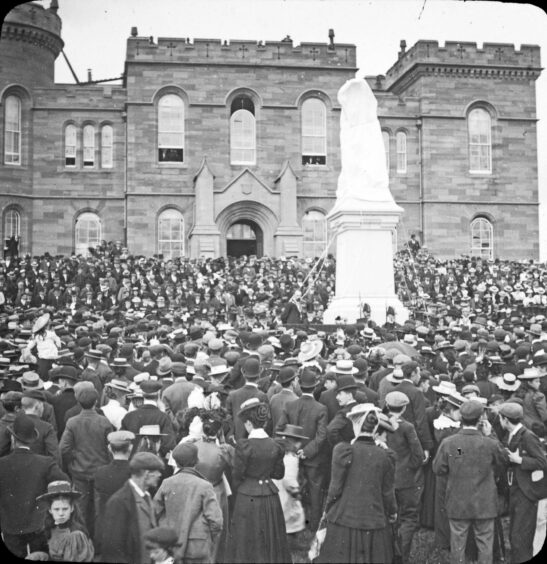

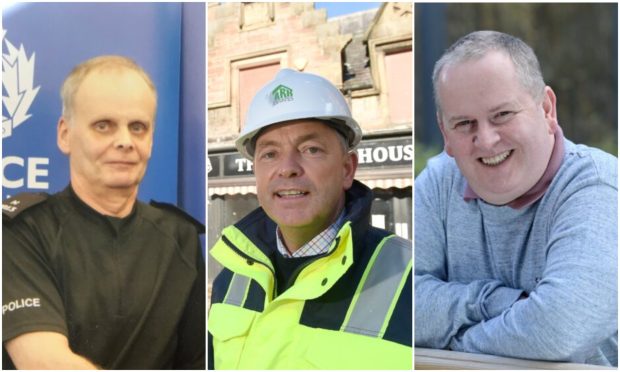
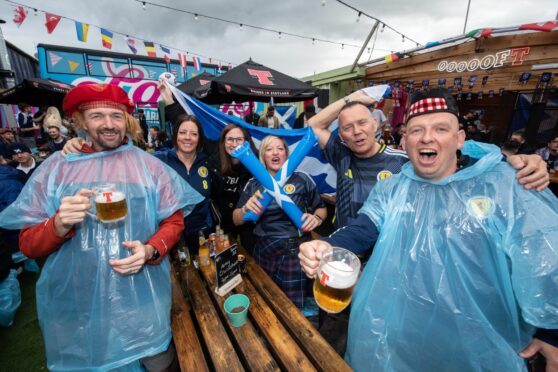

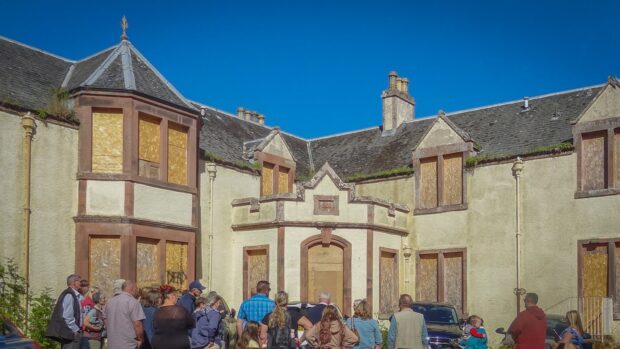
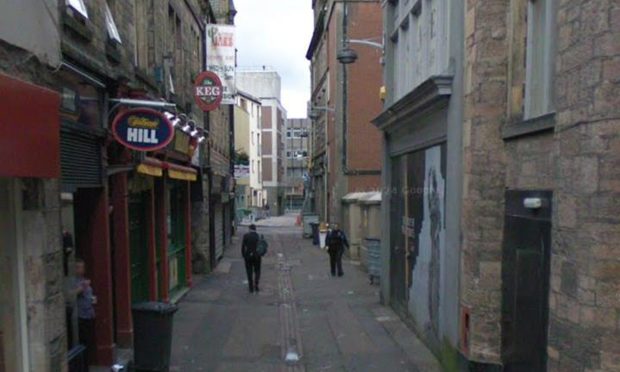
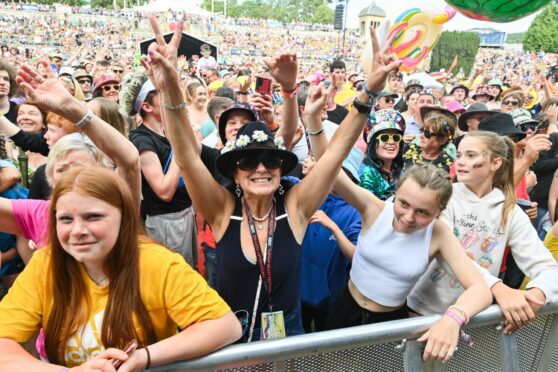
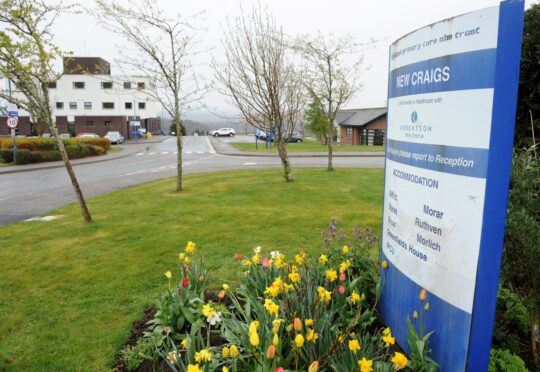
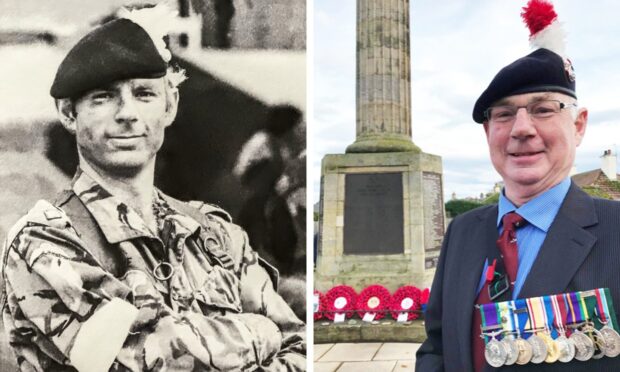

Conversation